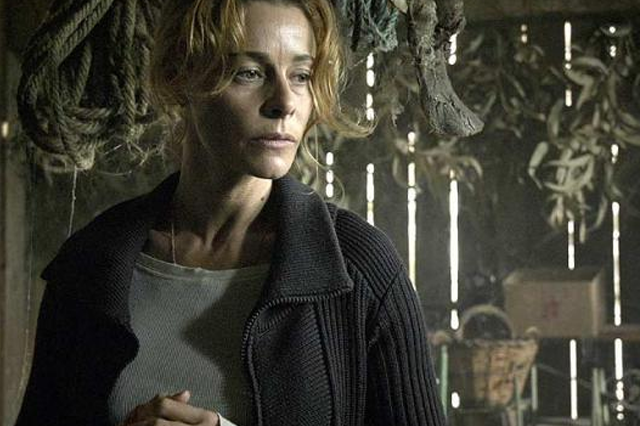Complementary colors are of great importance in art. Thanks to the knowledge of which color is complementary to another, a better technique for painting can be achieved.
A complementary color is simply a color that contrasts the most with another, that is, it is on the opposite side of the so-called color wheel, which is used to represent the color. These colors will contrast a lot if we put them together with one another, having red and blue as the best known example, which are complementary to each other.

Also for two colors to be complementary, they must have the same lightness or saturation. For example, a dark blue is not complementary to a light red since the brightness and contrast vary.
There are ways to properly detect complementary colors. That is precisely what we are going to talk about today in the art section of doncomos.com, that is, about how to know which color is complementary to another.
What do you need
- A rule.
- A drawing of a color wheel.
- Paint.
Instructions
- Ways to detect complementary colors:
First we must talk about how we can detect the colors that are complementary to each other, since in this way we can properly identify what they arein order to use them properly.- Mixed comes out black.
Color theory tells us that if we mix two colors that complement each other, black will come out. The reason is that being opposites, they are mixing all the varieties of color and lightness on the color wheel, which makes the color that comes out black. The clarity that this black has varies according to the intensity of these complementary colors, leaving grayer colors if we do it with lighter shades. - Drawing a straight line on the color wheel.
Get an image of the color wheel online and print it out on paper. Next, with the help of a ruler, draw a straight line towards the color you want. The color that comes out will be the complementary color of the one we have previously chosen. You can test this and mix the two colors and you will see how dark shades of black come out.
- Mixed comes out black.
- Use of them in art:
They are mainly used to attract attention, taking advantage of the great contrast that exists between the two. If they are placed together, both colors stand out much more, so this is used by clothing designers to make designs or by some painters who want to highlight some part of their canvases. They can also be mixed to create blackish colors, in the same way that printers do. - Examples:
Among the best examples of complementary colors, we have the following.- Red and Blue: The most common of all, as they have always represented opposite sides of something. Common examples include Pokémon red and blue games or competitive martial arts belts, in which one wears the red belt and the other the blue.
- Green and magenta: Another fairly common example is the color green (cyan blue plus yellow) and the color magenta (primary color that is like dark pink). The reason that they are opposites is that green is the union of the other two primary colors apart from magenta, so if we mix all three we will have black.
Tips
- If you like information about colors, you will surely find this article on What Are Primary, Secondary and Tertiary Colors very interesting.
- Primary and secondary colors:
A good trick to know what the complementary colors are is to know the relationships that exist between the complementary colors and the type of color they have.- The opposite of a primary is always a secondary: We start from the theory that if we mix the three primary colors, we will obtain black. So if we create a secondary color with the mixture of two colors (cyan and yellow = green), this color will be the opposite of the missing primary color (magenta) since if they are mixed, black is created. Other good examples are dark blue (magenta + cyan) with yellow or the already mentioned red (magenta and yellow) with cyan.
- The opposite of a tertiary is always another tertiary: If we talk about tertiary colors, logically the opposite will be a tertiary. The reason is that these colors are quite mixed and therefore cannot be the opposite of a primary or a secondary. Here we have practically infinite combinations, such as light green and violet or fuchsia pink and aquamarine blue.
- Complementary colors in nature: In nature there are curious cases of complementary colors, which usually mean opposite things. The best known case is that of water and fire, which are opposites in both shape and color, which is still a curiosity.



